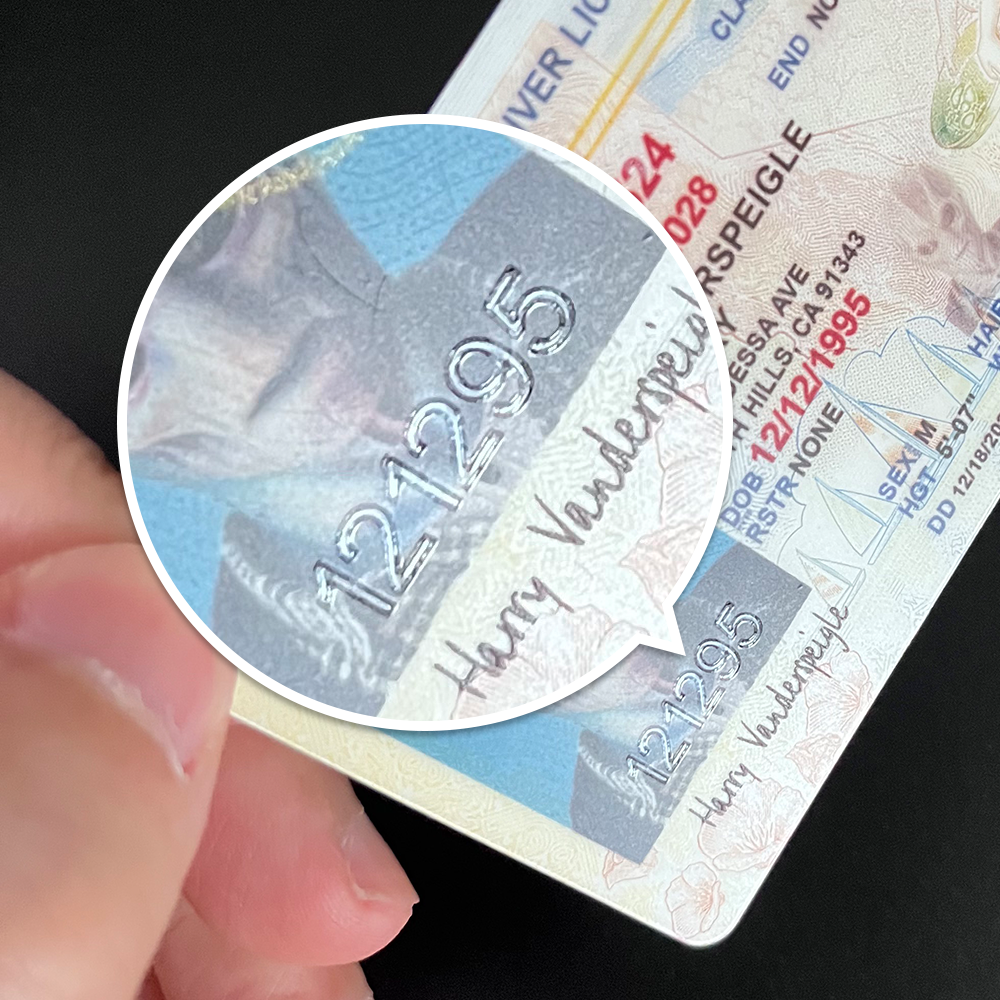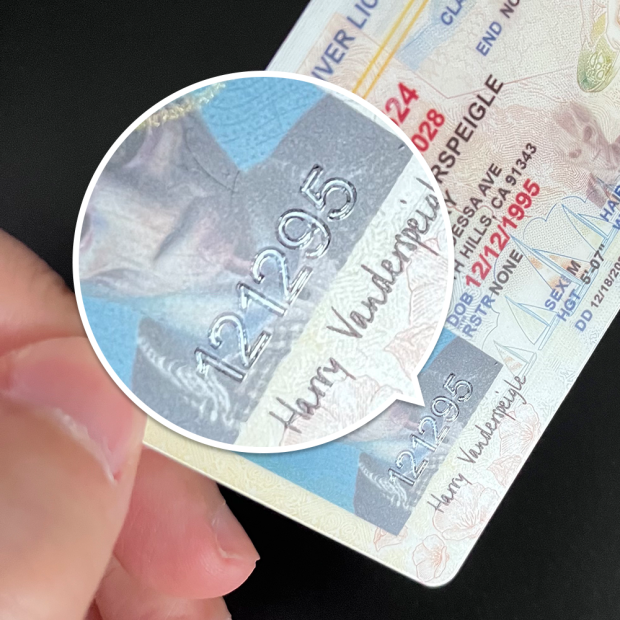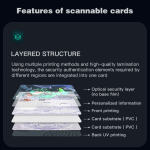What is Real ID and Why Verification Matters
Real ID refers to a set of security standards for state-issued identification cards and driver’s licenses in the United States. Enacted through the 2005 Real ID Act, these standards aim to prevent fraud, enhance national security, and ensure that government-issued IDs meet consistent reliability benchmarks. To obtain a Real ID, individuals must provide specific documents proving identity, date of birth, social security number, and residential address. These typically include a birth certificate, social security card, and two forms of proof of residency.
Verification lies at the core of the Real ID system. Without accurate checks, the risk of identity theft, forged documents, and unauthorized access to secure facilities (such as airports or federal buildings) increases. For governments, verifying identities efficiently and accurately reduces administrative errors and supports compliance with federal laws. For individuals, it streamlines access to services that require valid identification, from boarding domestic flights to applying for loans.

Why Educational Institutions Are Key Players in Verification
Educational institutions—ranging from K-12 schools to colleges and universities—hold a unique position in identity verification. They are among the first organizations to interact with individuals in a structured, documented way. Schools maintain official records, including enrollment forms, transcripts, and attendance logs, which are often recognized as credible sources of identity information. Unlike private businesses or online platforms, educational bodies are trusted by both the public and government agencies, making their records valuable for verification purposes.
Consider a high school student applying for a Real ID. The school may issue a verification letter confirming enrollment, which can serve as proof of residency if the student lives with a guardian whose address is on file. Similarly, a college might provide an official transcript or student ID card—both of which include the student’s name, photo, and institutional seal—as supplementary evidence during the Real ID application process.

Practical Roles of Schools in Real ID Verification
Educational institutions contribute to Real ID verification through several actionable steps. These roles vary by institution type but share a focus on accuracy and documentation.
1. Maintaining and Providing Official Records
Schools are responsible for storing student data securely. This includes birth dates, legal names, and contact information. When a student or alumnus needs to verify their identity for a Real ID, the institution can release certified copies of these records. For example, a university’s registrar office might issue a “Verification of Attendance” letter that includes the student’s full name, date of birth, and enrollment dates—details critical for matching government-required ID criteria.
2. Validating Document Authenticity
Many Real ID applicants submit documents like passports or foreign birth certificates that require third-party validation. Educational institutions, particularly those with international student services, often have experience verifying such documents. Staff in these departments can cross-check foreign credentials with embassy records or global education databases, ensuring that submitted materials are not forged.

3. Supporting Digital Verification Tools
As verification processes move online, schools are adopting digital tools to enhance accuracy. For instance, some colleges use secure portals where students can access and download encrypted copies of their enrollment records. These digital files, which include watermarks or unique identifiers, can be uploaded directly to state DMV portals during Real ID applications, reducing the need for physical document submission.
4. Educating the Community on Requirements
Many individuals are unaware of the specific documents needed for a Real ID. Schools often act as informants, distributing guides or hosting workshops on Real ID requirements. A high school’s counseling office, for example, might share checklists of acceptable documents (e.g., utility bills, lease agreements) with seniors preparing to apply for their first driver’s license.
Challenges Faced by Educational Institutions in Verification
While schools play a vital role, they also encounter obstacles. One common issue is balancing privacy with verification needs. Institutions must comply with laws like the Family Educational Rights and Privacy Act (FERPA), which restrict the release of student information without consent. This can delay verification if a student forgets to sign a release form.
Another challenge is handling outdated records. Older alumni may have name changes (due to marriage, for example) or address updates not reflected in school systems. In such cases, schools may need to cross-reference multiple records or request additional documentation from the applicant to confirm identity.
Common Problems and Solutions in Real ID Verification via Schools
Understanding potential roadblocks and their fixes helps streamline the verification process. Below are five frequent issues and actionable solutions:
-
Problem: Student records are incomplete or outdated.
Solution: Encourage students and alumni to update their information regularly through online portals. Schools can send annual reminders via email or text, prompting users to verify their current address, legal name, and contact details.
-
Problem: Difficulty verifying international students’ documents.
Solution: Partner with organizations like the National Association of Student Financial Aid Administrators (NASFAA) or local embassies to access databases that validate foreign credentials. Train staff in international document recognition through workshops or certifications.
-
Problem: Delays due to manual document requests.
Solution: Implement automated systems for record retrieval. For example, a university might use software that generates and emails certified enrollment verifications within 24 hours of a request, eliminating the need for in-person visits or paper forms.
-
Problem: Privacy concerns from students hesitant to share data.
Solution: Transparently explain how their information will be used (e.g., “This document will only be shared with the state DMV for Real ID processing”) and provide copies of consent forms that outline data protection measures, such as encryption and limited access.
-
Problem: Inconsistent acceptance of school-issued documents by DMVs.
Solution: Establish direct communication channels between schools and state DMV offices. For example, a district could meet with local DMV representatives to clarify which school records (e.g., report cards, yearbooks with official seals) are acceptable as proof of residency or identity.
By leveraging their unique access to trusted records and prioritizing clear communication, educational institutions strengthen the Real ID verification process. This collaboration not only supports national security goals but also simplifies identity checks for students and alumni, making essential services more accessible.



